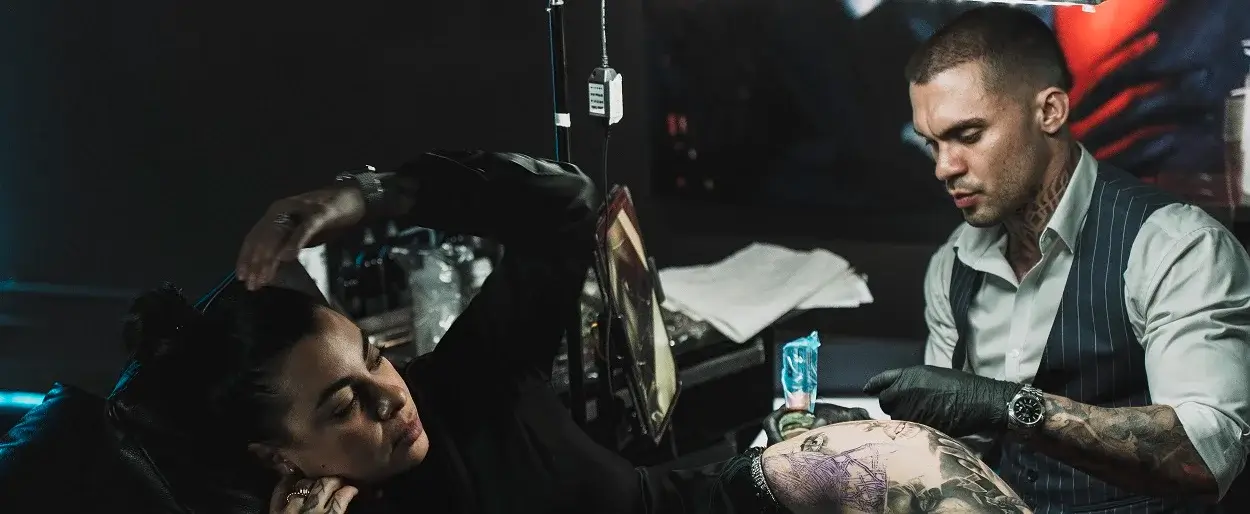Inked Mag Staff
November 6th, 2020
New Zealand Appoints First Foreign Minister With Māori Facial Tattoos
Nanaia Mahuta first made waves as the first women in parliament to wear the traditional lip and chin tattoos.
This week in New Zealand, politician Nanaia Mahuta made history when she became the first indigenous female foreign minister in the country’s history. This alone is an impressive achievement but Inked doesn’t often end up covering global politics, that is, unless there is an angle related to tattoos. Mahuta has the traditional Māori Tā moko (tattoos) on her chin and lips, making her the first foreign minister to follow the tradition.
Mahuta had previously become the first Member of Parliament with Tā moko when she received the facial markings in 2016. Each individual’s design tells the story of their ancestors, connecting them to those who came before them. With this in mind at the time she went through the ceremony, Mahuta never fully considered the groundbreaking act she made by getting the tattoo.
“You know what, to be able to do this, I haven’t really thought about that,” Mahuta told Radio New Zealand in 2016. “I’ve just thought about more a longer projection of my walk in life and kind of the way I want to go forward and make a contribution. That’s the main thing for me.”
Kirituhi and Tā Moko are positive ways to enable cultural expression and pride in being Māori #acknowledgingancestors
— Nanaia Mahuta (@NanaiaMahuta) March 21, 2019
Part of what makes her new role so notable is that as a foreign minister, Mahuta will be representing the entire nation of New Zealand to the world. Just a decade or two ago it would have been completely unthinkable for an indigenous woman with traditional tattoos to be in such a role. It shows how far the country has come from its history of colonization and brutal repression of the Māori people.
Tā moko began to disappear among Māori men during the 1860s, but it continued among women until the early 20th century and the adoption of the Tohunga Suppression Act of 1907. In the 1990s, a resurgence of the practice began as Māori people were looking to connect to their culture and it has expanded from there.
Rukuwai Tipene-Allen, a political journalist who also has a traditional moko upon her face, explained to CNN why Mahuta’s appointment was so meaningful.
“The first face that people see at an international level is someone who speaks, looks and sounds like a Māori,” Tipene-Allen told CNN. “Wearing the markings of her ancestors shows people that there are no boundaries to Māori and where they can go.”
Editor's Picks
Bridging Classical Art and Modern Tattooing
Esteban Rodriguez brings the discipline of classical fine art to the living canvas of skin, creating hyper-realistic tattoos that merge technical mastery with emotional depth.
Show Your Ink Fashions Brings Custom Style to Tattoo Culture
Show Your Ink Fashions creates custom shirts designed to showcase your tattoos as wearable art, blending fashion with personal expression.
The Ultimate “Superman” Tattoo Roundup: Just in Time for Superman’s Return to Screens
With Superman’s big return to theaters, fans are revisiting some of the most iconic ink inspired by the Man of Steel.














